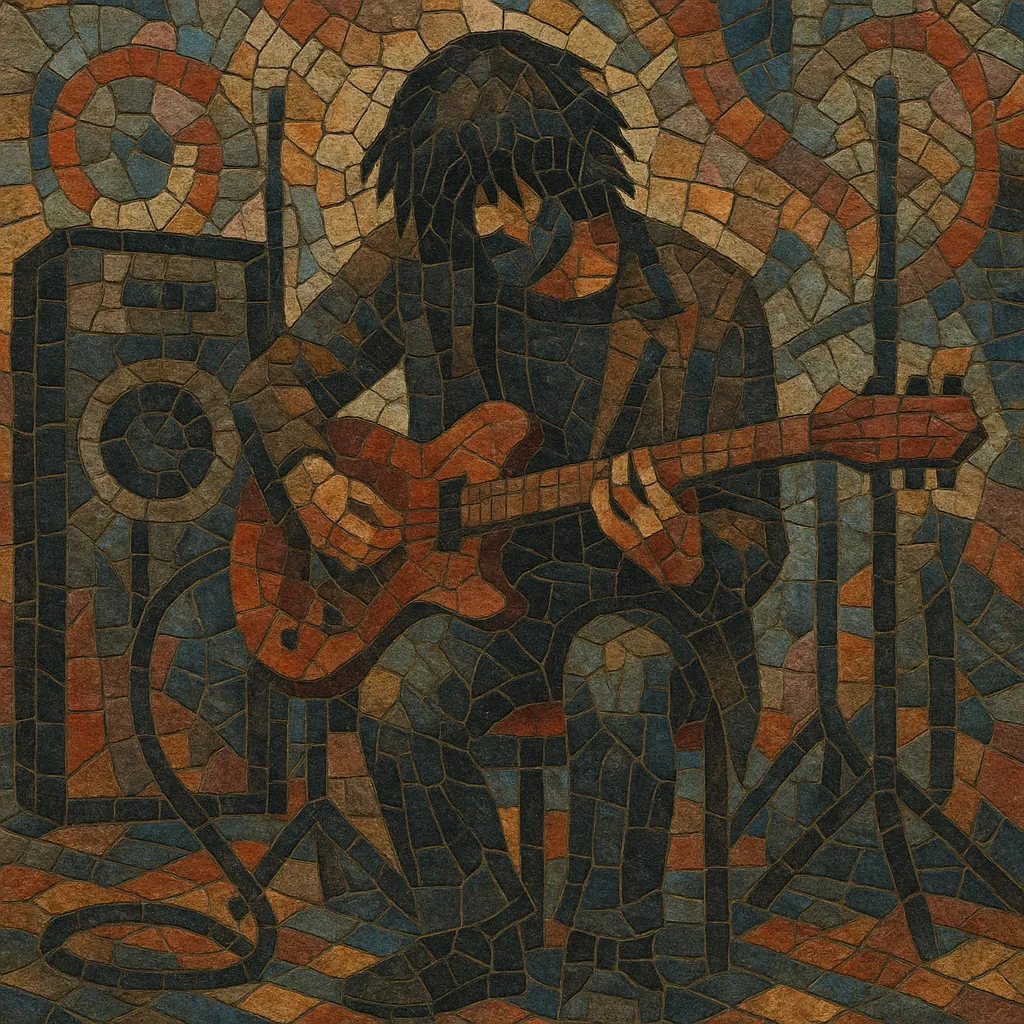
Česká alternativní scéna (the Czech alternative scene) refers to the network of underground and independent bands, songwriters, and art collectives that developed in the Czech lands under late socialist rule and blossomed after 1989.
Musically it blends rock experimentalism, punk’s DIY ethos, avant‑garde and jazz impulses, and a distinctly Czech poetic sensibility. The scene is defined as much by its oppositional social context—house concerts, samizdat releases, and cultural dissent—as by its sound. Its records often feature raw production, idiosyncratic instrumentation, and lyrics rich in metaphor to circumvent censorship.
Today the term spans the historical underground of the 1970s–80s and the post‑Velvet Revolution wave of art‑rock, avant‑pop, and indie groups that maintained the scene’s experimental and independent spirit.
The Czech alternative scene coalesced around the end of the 1960s, taking cues from psychedelic and art rock while responding to the political tightening that followed the Prague Spring. Early underground bands such as The Plastic People of the Universe (founded 1968) and DG 307 established a template of raw sound, literary lyrics, and community‑based performance outside state structures.
During the period of “Normalization,” many groups were denied official approval, forcing the scene into basements, barns, and private apartments. Concerts were clandestine, recordings circulated via samizdat cassettes, and organizations like the Jazz Section provided a fragile lifeline for experimental music. The prosecution of musicians in the mid‑1970s became a catalyst for broader dissent, intertwining the scene with civil rights movements.
By the late 1980s, bands such as Půlnoc and Psí vojáci showed stylistic breadth—from avant‑rock to piano‑driven art song—while maintaining an independent ethos. The Velvet Revolution in 1989 opened stages, studios, and labels, enabling the underground to surface and shaping the identity of alternative music in the newly democratic context.
In the 1990s, groups like Už Jsme Doma, Dunaj, and Garage bridged underground values with professional production, touring widely and collaborating with international avant‑rock circles. Subsequent generations kept the focus on experimentation, Czech‑language poetics, and DIY infrastructure (small venues, indie labels, festivals), ensuring continuity between the historical underground and contemporary indie/alternative currents.
Use a rock core (electric guitar, bass, drums) but do not hesitate to add saxophone, violin, clarinet, accordion, or prepared piano. Favor raw, immediate timbres; tape saturation and live room bleed are acceptable and even desirable.
Alternate between modal and chromatic materials. Minor modes and ambiguous, shifting centers suit the scene’s brooding tone. Employ ostinati, pedal points, and occasional dissonant clusters influenced by avant‑garde and jazz.
Mix steady rock backbeats with irregular meters (5/4, 7/8) and rubato interludes. Forms can be sectional and collage‑like, moving from spoken‑word passages to full‑band eruptions, echoing the scene’s experimental theatre roots.
Write in Czech (or the local vernacular) with layered metaphors, surreal imagery, and social commentary. Given the scene’s history, lyrics often juxtapose personal interiority with political or existential tension. Spoken word and declamation can alternate with sung lines.
Embrace DIY recording: small rooms, minimal overdubs, and live takes. Prioritize authenticity and atmosphere over polish. In performance, cultivate a communal feel—intimate venues, interdisciplinary collaboration (film, visual art), and strong audience connection.

